Vilmos Zsigmondy was born into an old Lutheran family on 14 May 1821 – on the 15th, according to some sources – in Pozsony (now Bratislava, Slovakia). He completed his secondary school studies at the Lutheran Lyceum there, the Lutheran School of Szakolca in Nitra County, and then at the Komárom Reformed Grammar School.
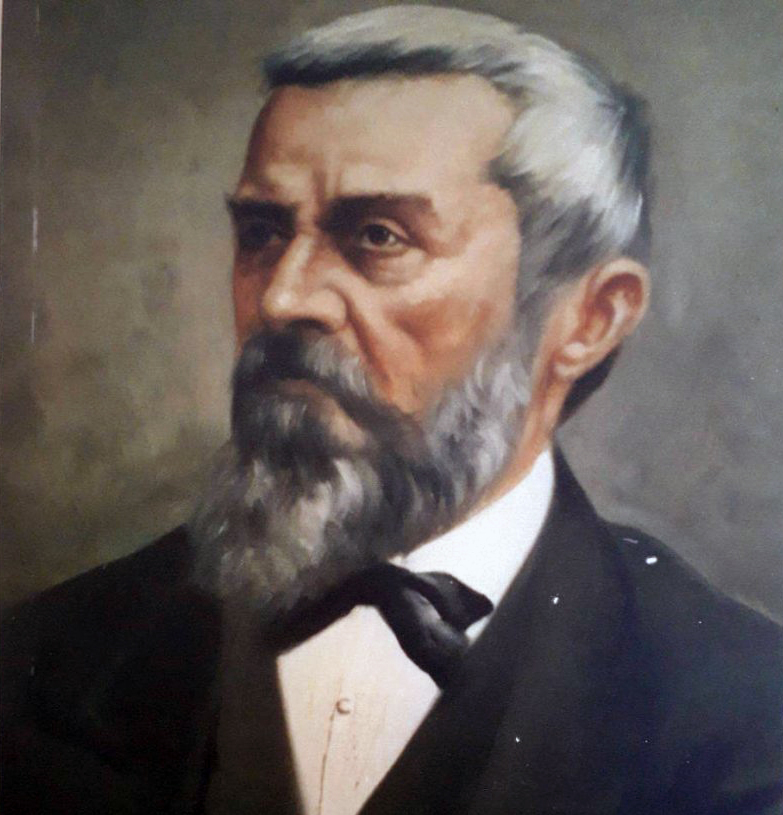
Portrait of Vilmos Zsigmondy
He took part in higher education in Selmecbánya (present-day, Banská Štiavnica) at the Academy of Mining and Forestry, founded by Maria Theresa. After graduating, he worked as a mining engineer in various directorates, first in Szélakna, then in Banská Štiavnica, and later in Vienna. In the Austrian capital, he had the opportunity to expand his knowledge of geology and mineralogy. A turning point came in the young engineer's life when he was commissioned to run the Dolmány coal mine near Resica in southern Transylvania on 11 January 1846.
During the Revolution and War of Independence of 1848-1849, he controlled the production of cannons, swords, bayonets and bombs for the Hungarian government in Resica. After the surrender at Világos on 13 August 1849, he was captured by Imperial troops and sentenced by the Timisoara Military Court to six years castle captivity "in chains" on 16 November 1849. However, as the Habsburg authorities also valued his expertise, and his friends and the citizens of Resica also wrote a petition to the imperial court, he only served half a year of the six-year sentence in the prison of Olmütz castle. After his release on 24 July 1850, he worked as the manager of the mine of Szekul in southern Transylvania.
Three-quarters of a year later, in the spring of 1851, he left Transylvania and had the opportunity to direct the excavation of one of the coal mines in the Dorogi Basin in the Anna Valley in the central part of the country. After completing nine years of work here, he moved to Pest in 1860, where he opened a mining expert office. He attended the 1861 meeting of national judges, where he actively participated in the incorporation of ideas concerning mining law into a bill. He called for the free exploration and extraction of coal, which was limited by landowner rights until the Mining Act came into force. It was during this period that he began to deal with thermal springs, studying the relationship between springs and groundwater. Already in 1865 he carried out successful artesian well drilling in Harkány, to a depth of 38.7 meters.
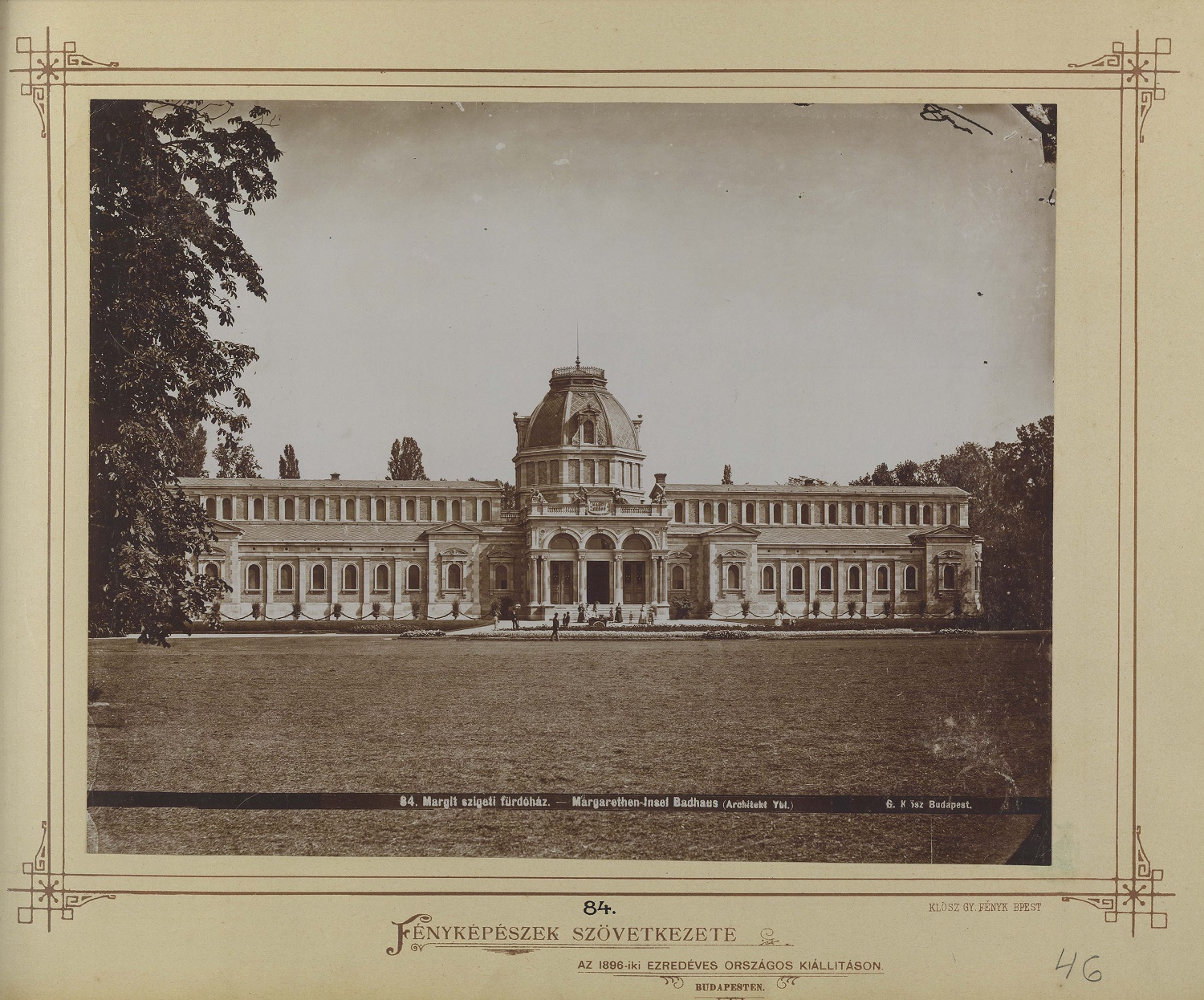
The bath building on Margit Island was built above the artesian well drilled by Vilmos Zsigmondy according to the plans of Miklós Ybl in 1868–1870. György Klösz 's photograph from around 1878 (Photo: Fortepan / No.: 82145 / Budapest Archives. Reference No.: HU.BFL.XV.19.d.1.05.090)
He carried out the next artesian drilling in the territory of today's Budapest, between 1866 and 1868, reaching a depth of 118.58 meters at the wells on Margaret Island. The technical details of drilling on the island were presented to those interested in his publication titled Tapasztalataim az artézi szökőkutak fúrása körül (My Experiences with the Drilling of Artesian Wells) in 1871:
"Drilling began on the western side of Margaret Island, opposite the synagogue of Óbuda, because 15 miles from this point, in the direction of the synagogue on the Danube bank at a shallow water level, there was always a small puddle with a diameter of barely 2 feet, whose temperature varied between 24 and 26 degrees R., from which gases rose to a small extent. Although the water that had accumulated in this puddle had no runoff, as the excess water was dispersed in the loose sand and gravel, there could be little doubt that its production was only caused by the huge rising termal spring beneath the gravel. Drilling began on 21 December 1866, and took less than half a year, after the outbreak of the termal spring ended it on 13 May 1867…"
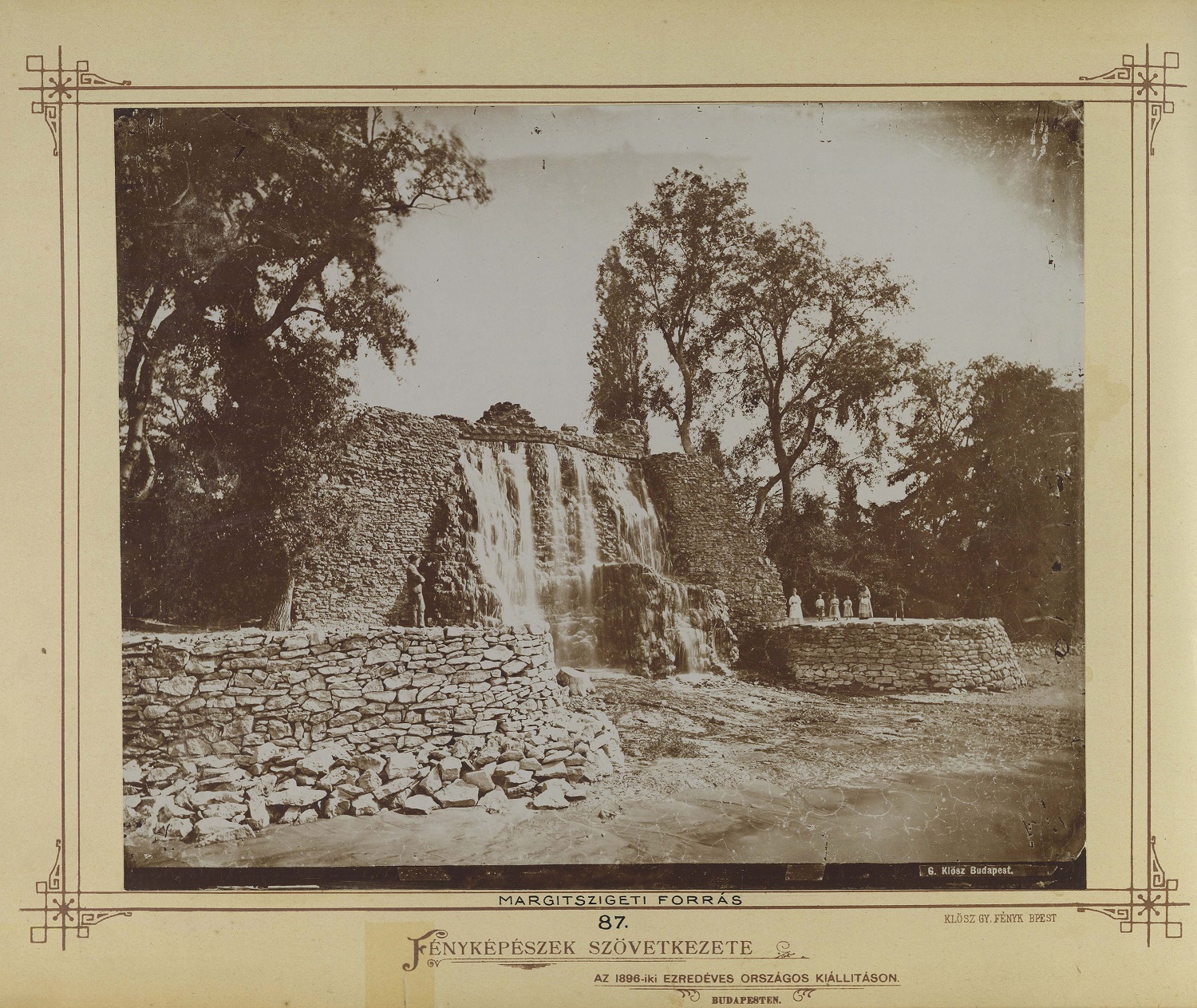
The waterfall on Margit Island is also fed by Zsigmondy's artesian spring. The picture by György Klösz was taken around 1879 (Photo: Fortepan / No.: 82148 / Budapest Archives. Reference No.: HU.BFL.XV.19.d.1.05.093)
After several rural locations, drilling began in City Park in 1868, which required the most endurance and ten years of hard work. This nearly 1,000-foot-deep well was his most notable success. The most popular Hungarian weekly of the second half of the 19th century, Vasárnapi Ujság, published a report on his success on 13 October 1878:
"This year, the capital of Hungary has become richer with a world-famous landmark: it has the deepest well on the globe. The new artesian well is located in one of the most beautiful parts of the Városliget. Next to shady, green trees, near the lake of Pávasziget and in a straight line with the central axis of the avenue, so that from the end of this road you can see with a good eye the prominent high plank tower that covers the working drill and now hides the pipe leading to the underground waters. Next to it, the building in the foreground, is the engine house, tool shed, and during the works, the office and the dump for the collection of extracted debris, mud, and fossilized snails."
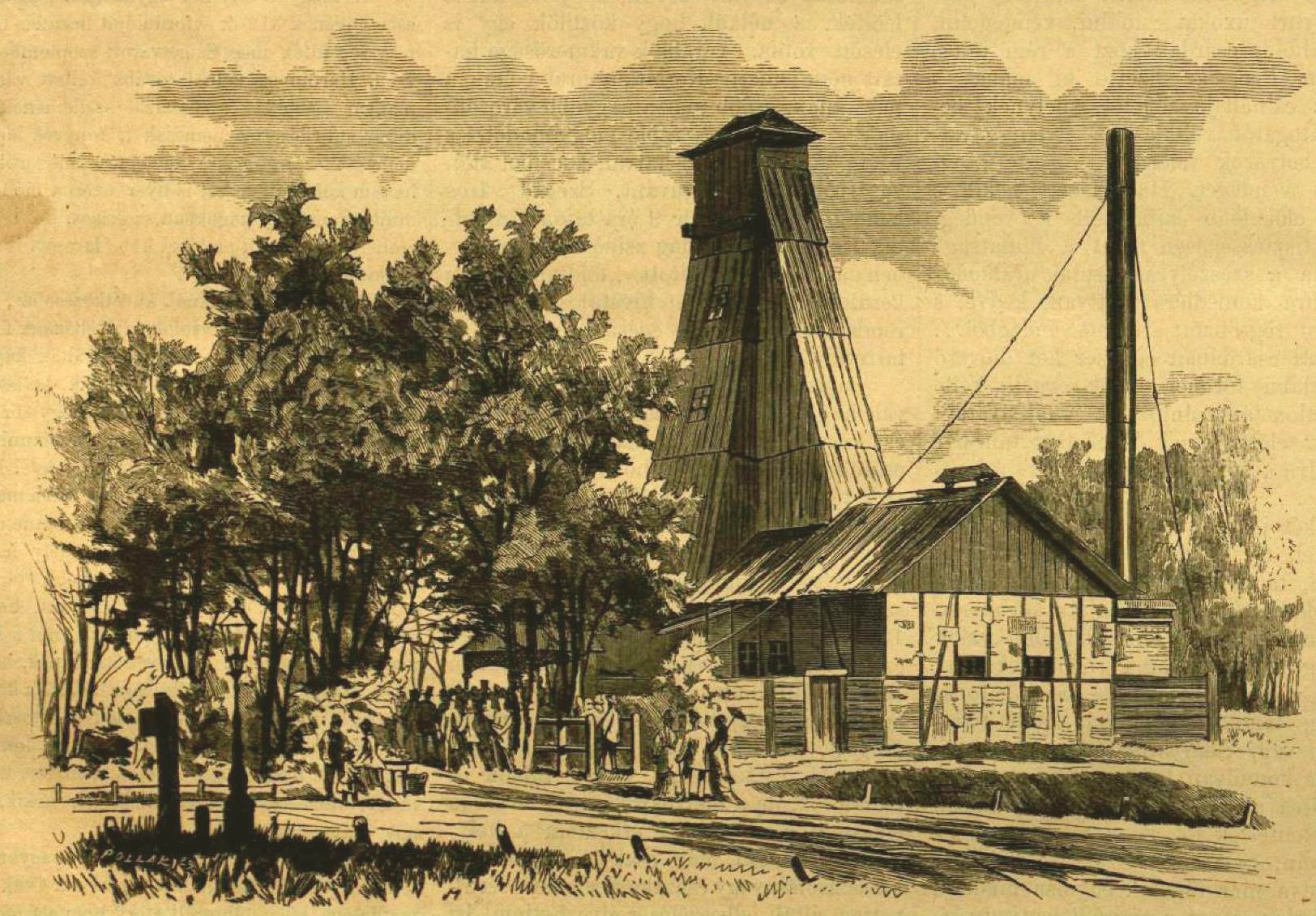
The Artesian Well House in Városliget in the 13 October 1878 issue of the Vasárnapi Ujság
The article in the Vasárnapi Ujság also reveals that there was a temporary drinking room on the side facing the Avenue. It writes the following:
"A narrow railing led – against crowding – to the covered, open porch, from the back wall of which protruded plumbing taps, emitting evaporating, pearly, hot streams of water, from which the serving women fill glasses with handles and hand them to the drinkers, it is not uncommon that they cannot hold the heated glass and they pass it from one hand to the other and even drop it if they have slightly more sensitive skin. The small temporary stall became an entire healing place, to which hundreds of all kinds of liver, spleen and stomach patients made pilgrimages this summer [1878 - ed.], And the register of healed patients shows hundreds of names, who used the natural hot water of the artesian well successfully"
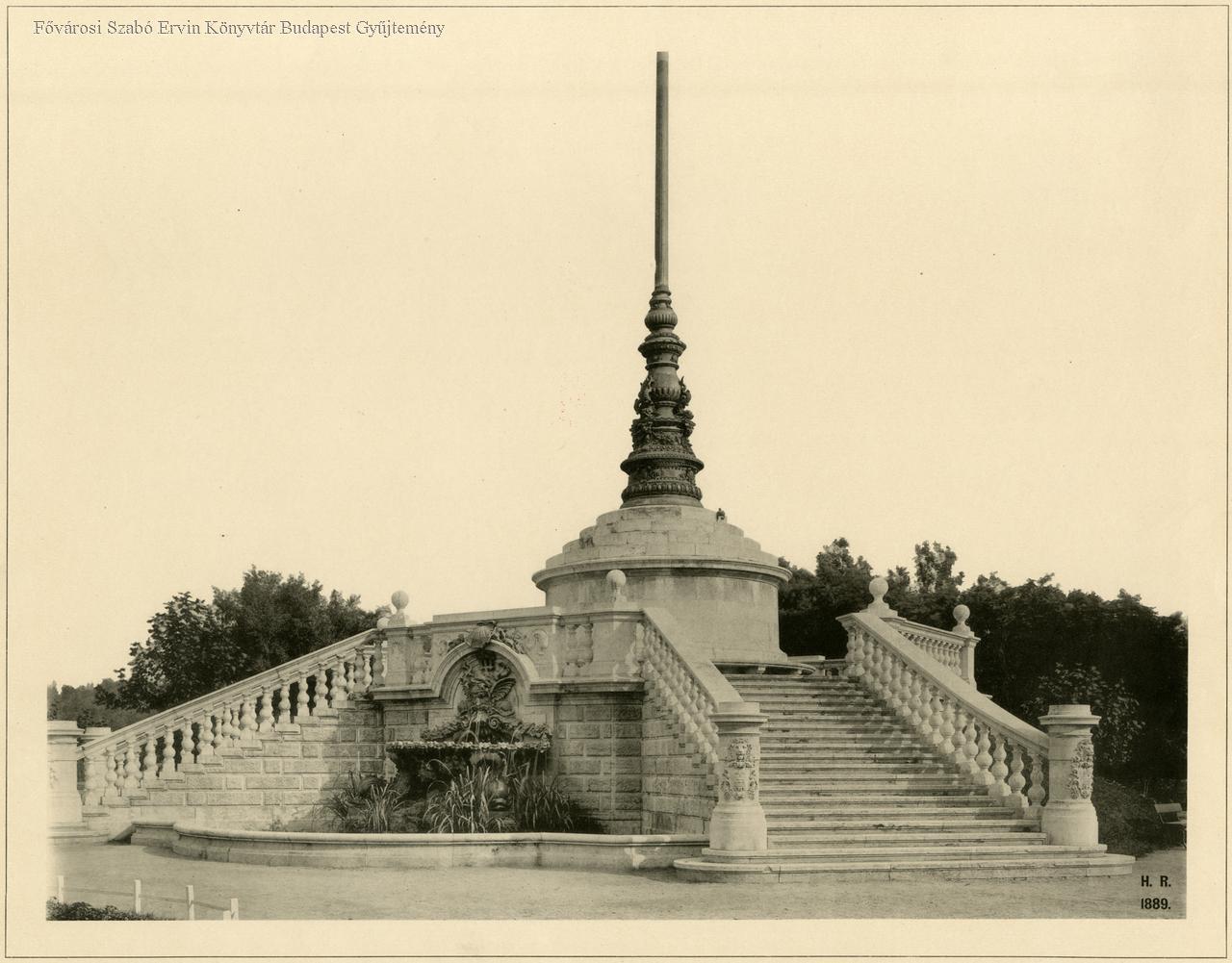
Miklós Ybl a structure closed with a flagpole rising above the artesian well unearthed by Vilmos Zsigmondy at the end of Sugárút (today Andrássy Avenue) in 1884,. During the construction of the millennium monument, it was moved to Széchenyi Hill. The recording was made in 1889 (Photo: FSZEK Budapest Collection)
As the pioneer of geothermal research in Hungary, he was elected a corresponding member of the Hungarian Academy of Sciences in 1868, he gave his inauguratory speech in 1871. He also summarized his research several times in writing. Among his works, the printed version of his inauguratory speech, the already mentioned article Tapasztalataim az artézi szökőkutak fúrása körül, and the scientific publication A városligeti artézi kút Budapesten (The Artesian Well in Városliget in Budapest), published in 1878 are the most noteworthy.
As a result of his hard work, he neglected his illness, and died of pulmonary disease on 21 December 1888, at his house on Dob Street in Erzsébetváros, Budapest. His funeral was performed according to the ordinance of the Lutheran denomination on 23 December 1888. Members of the mining-metallurgical society stood guarding the line while he was escorted to his final resting place. His ashes were laid to rest in the Fiume Road National Graveyard. His grave is located in plot No. 18.
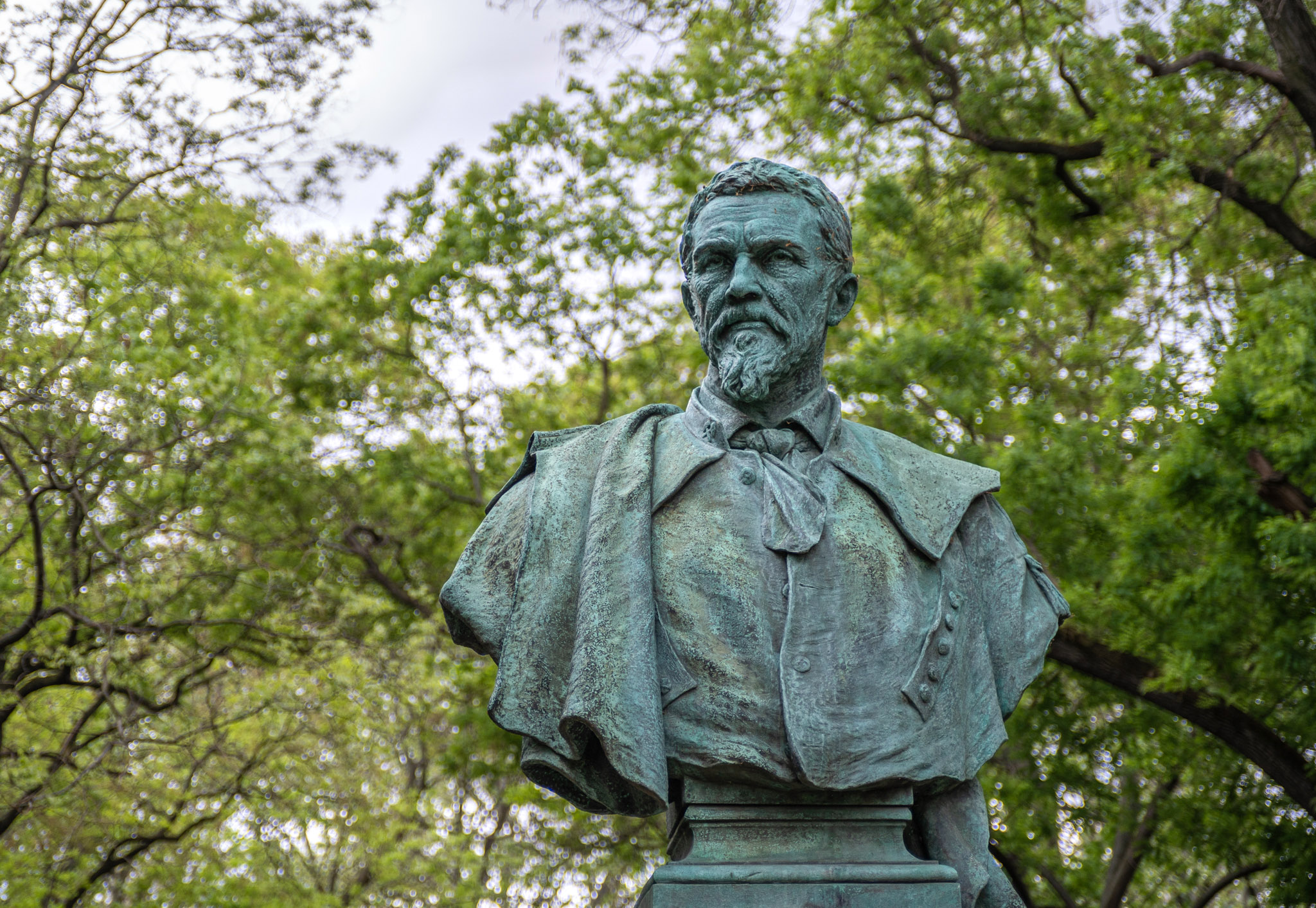 Zsigmondy Vilmos városligeti mellszobrát, Szécsi Antal alkotását 1896-ban avattál fel (Fotó: Both Balázs/pestbuda.hu)
Zsigmondy Vilmos városligeti mellszobrát, Szécsi Antal alkotását 1896-ban avattál fel (Fotó: Both Balázs/pestbuda.hu)
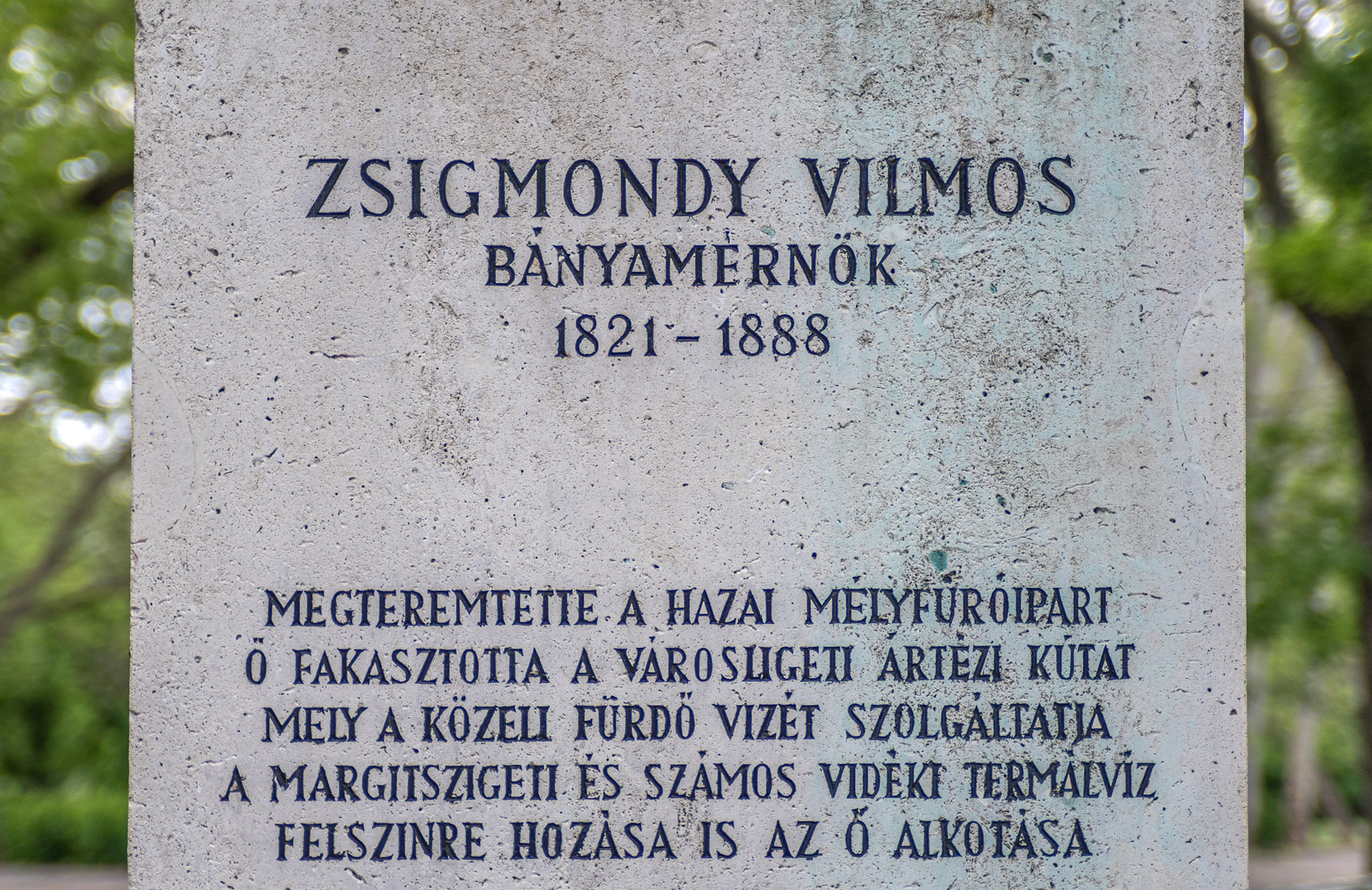
The bust of Vilmos Zsigmondy in the Városliget, the work of Antal Szécsi was inaugurated in 1896 (Photo: Máté Millisits/pestbuda.hu)
A bust of Vilmos Zsigmondy was unveiled in 1896 in the Városliget in Budapest. The monument is the work of the sculptor Antal Szécsi (1856-1904), its bronze casting was carried out by the foundry of M. A. Beschorner in Angyalföld.
The following laudatory text was engraved on the stone pedestal of the statue:
"He created the HUngarian deep drilling industry, he opened the artesan well in City Park, which supplies the water of the nearby bath. Bringing up the thermal water from underground on Margaret Island and many rural areas is also his work. "
In 1968, the National Mining and Metallurgical Association placed a memorial plaque on Heroes' Square at the site of the successful drilling in the City Park. In the same year, a marble plaque was inaugurated in his memory on the wall of his former house on Dob Street, which has since advertised the work of a former famous figure of Erzsébetváros.
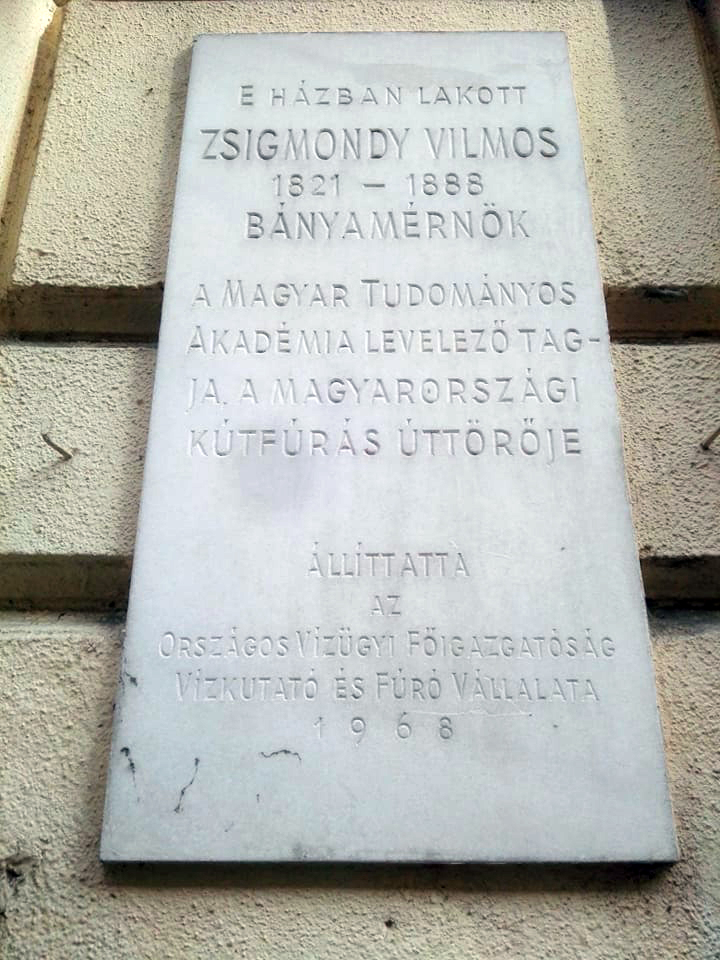
Memorial plaque on the former house of Vilmos Zsigmondy, 95 Dob utca in the 7th District (Photo: Millits Máté / pestbuda.hu)
His oeuvre is presented by the Hungarian Oil and Gas Museum in Zalaegerszeg in the Zsigmondy Memorial Room. In addition to his personal objects and decorations, some pieces of tools used for drilling in the Városliget can also be seen in the museum's exhibition space.
Cover Photo: The building of the Széchenyi Bath in the Városliget around 1910, photographed by Mór Erdélyi (Photo: FSZEK Budapest Collection)

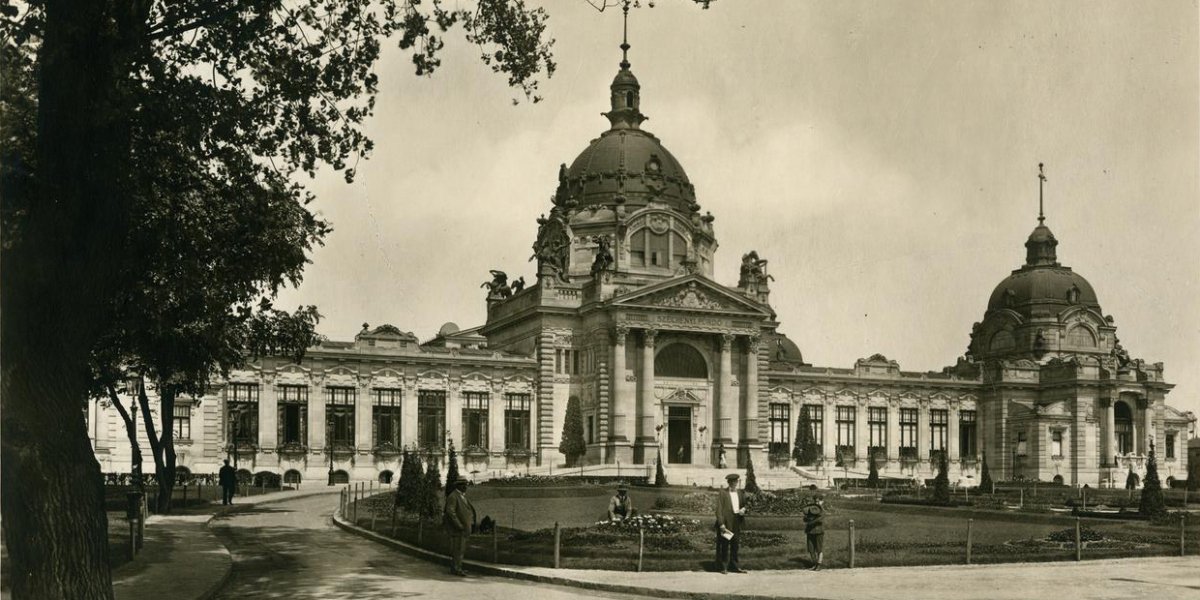



































Hozzászólások
Log in or register to comment!
Login Registration